PCK on the guard of memory – the involvement of the Polish Red Cross in the exhumations of the victims of the Katyń crime
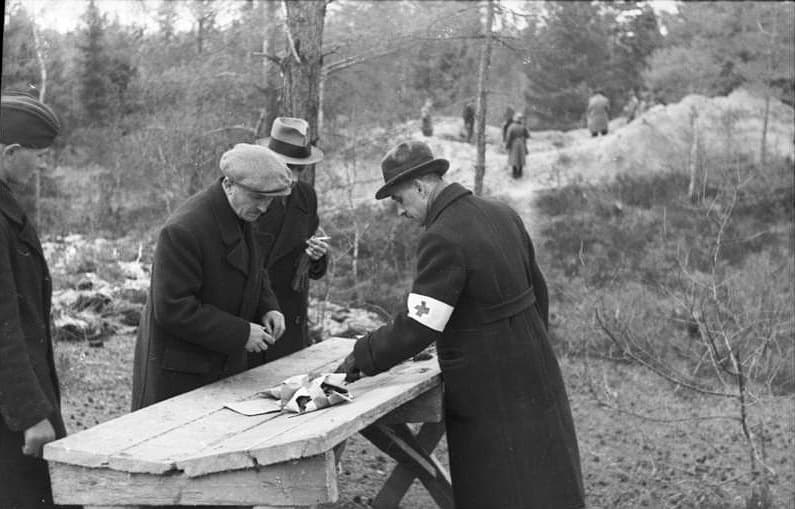
date
13 April 2025
category
The Polish Red Cross played a huge role in documenting the truth about the Katyń massacre. Twice – in 1943 and in the 1990s – our representatives participated in the exhumations of victims murdered by the Soviet NKVD, providing assistance in identifying and honoring the deceased.
Katyń 1943 – a difficult mission during the war
In April 1943, after the Germans announced the discovery of mass graves of Polish officers in Katyń, the Main Board of the Polish Red Cross established a Technical Commission aimed at determining the nationality of the victims and their identification. Exhumation work continued until June 1943, with 12 representatives of the Polish Red Cross participating.
Of the 4243 bodies exhumed, 2805 individuals were identified thanks to personal items and military decorations secured by the German side. The remains were placed in a new burial site, which went down in history as the "Polish Red Cross cemetery." In 1945, Kazimierz Skarżyński, the then-secretary general of the Polish Red Cross, prepared an extensive, confidential report on the participation of the Polish Red Cross in the exhumation efforts – today considered one of the most important sources of knowledge about the activities of the Polish Red Cross at that time.

Katyń 1990–1995 – confirmation of the truth and new discoveries
After the fall of communism, the Polish Red Cross again engaged in research on the burial sites of the victims of the Katyń massacre. Between 1991 and 1995, our representatives participated in exhumations in Katyń, Miednoje, and Ostaszków. The work conducted in Katyń from 1994 to 1995 unequivocally confirmed that Polish officers were buried in the former "Polish Red Cross cemetery," and the graves from 1943 had not been disturbed. This was evidenced, among other things, by the preserved PCK identification tags found with the remains.
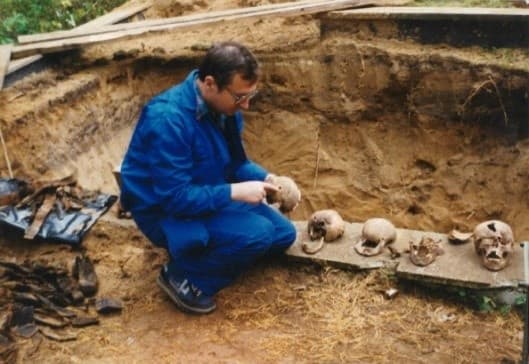

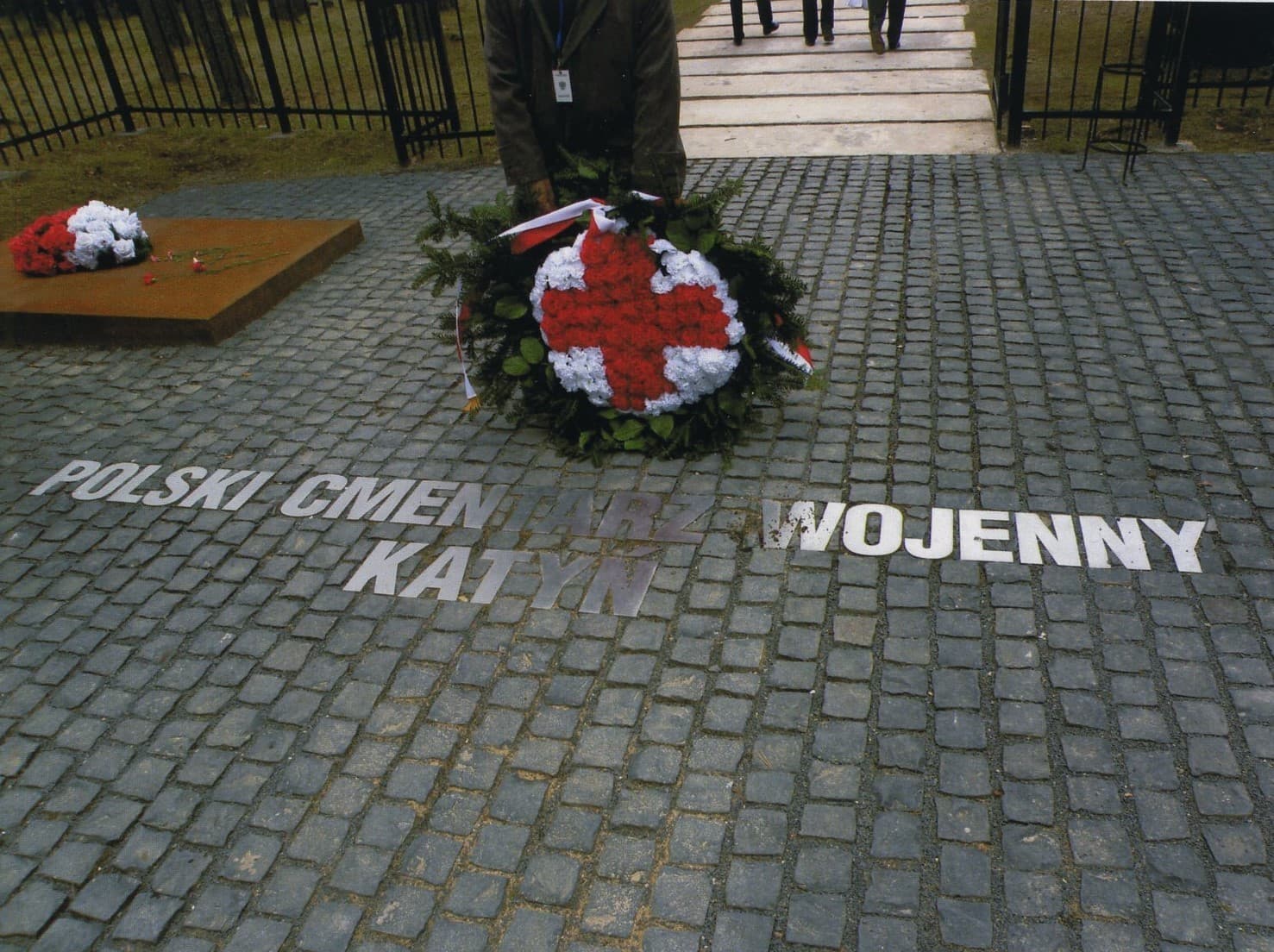



Among the discovered items were rosaries, pocket knives, coin purses, as well as a mirror and lipstick that likely belonged to 2nd Lieutenant Janina Lewandowska – the only woman murdered in Katyń. The secured artifacts were transferred to the emerging Katyń Museum.
As a result of these efforts, a site was designated where the Polish Military Cemetery in Katyń was opened in 2000 – a national memorial site.
The Polish Red Cross, as an organization providing aid and upholding humanitarian values, remains faithful to its mission also by taking care of historical truth and honoring the victims.
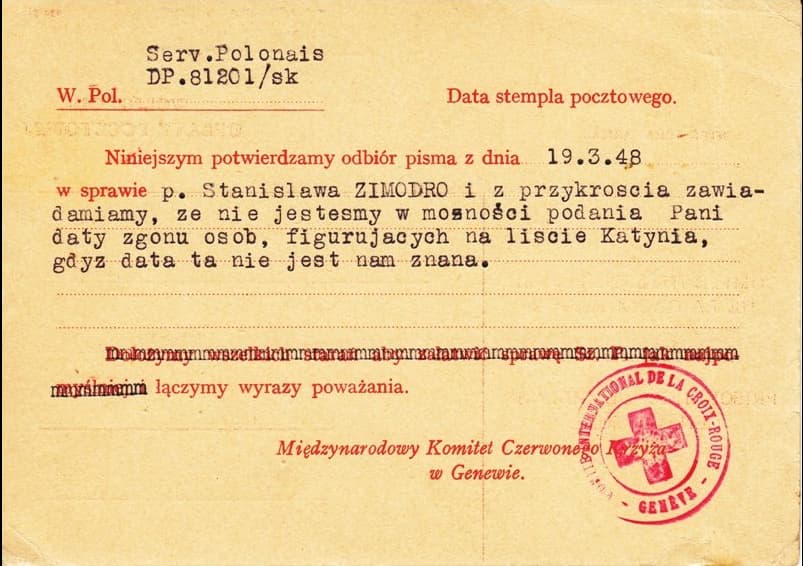

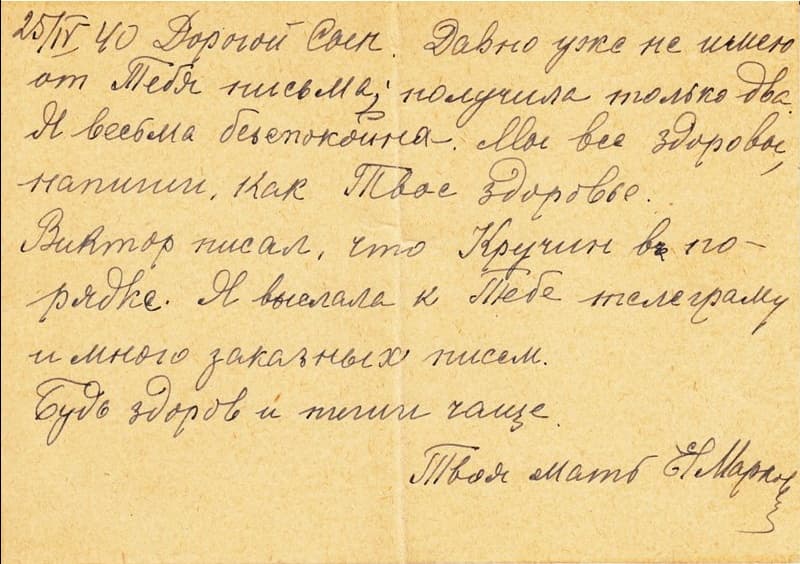


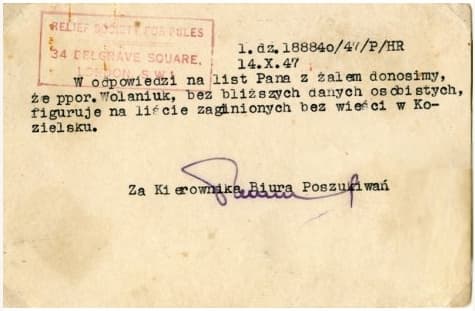
Return
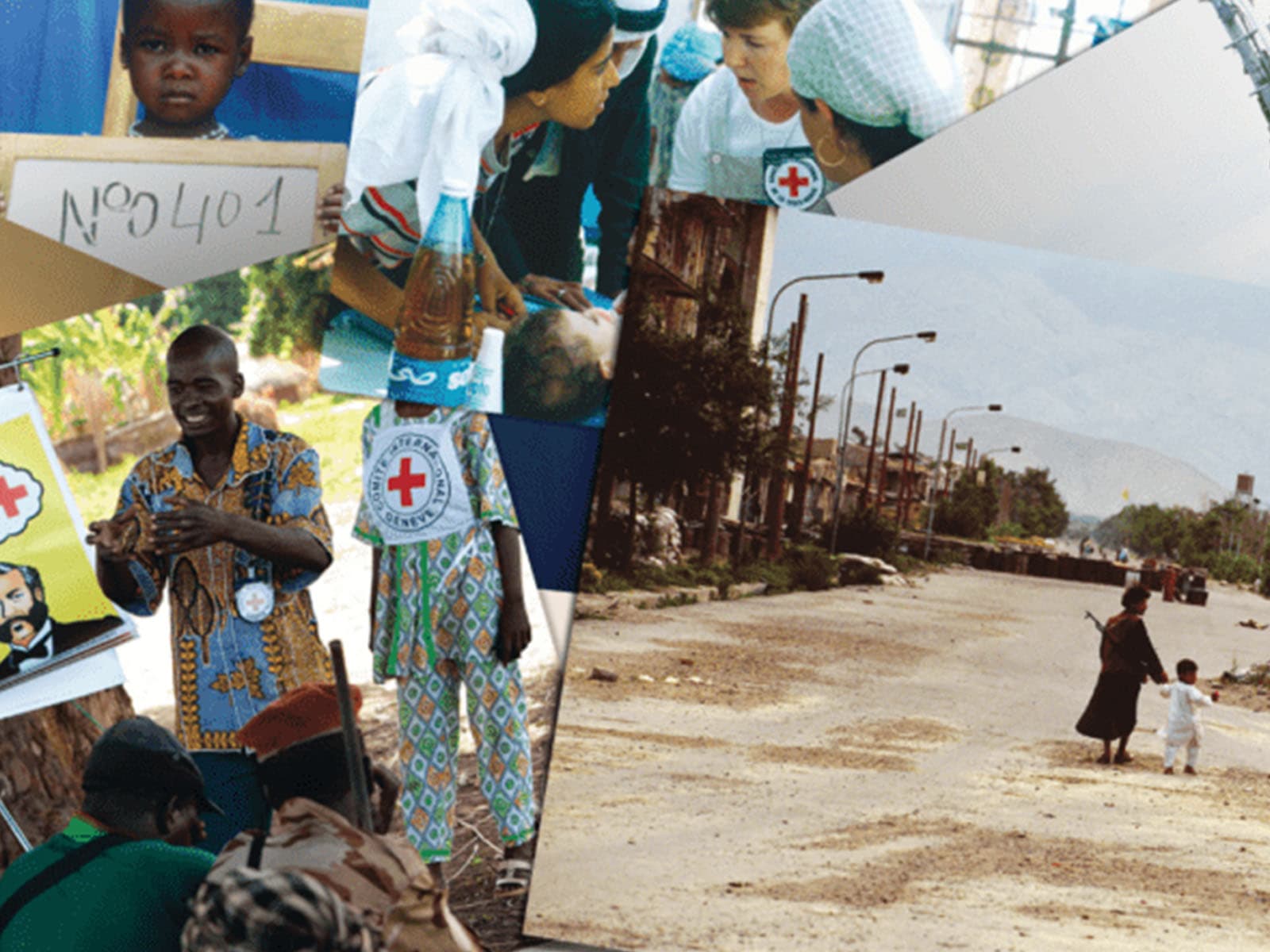
May
09
humanitarian law
Announcement of the contest named after Professor Remigiusz Bierzanek
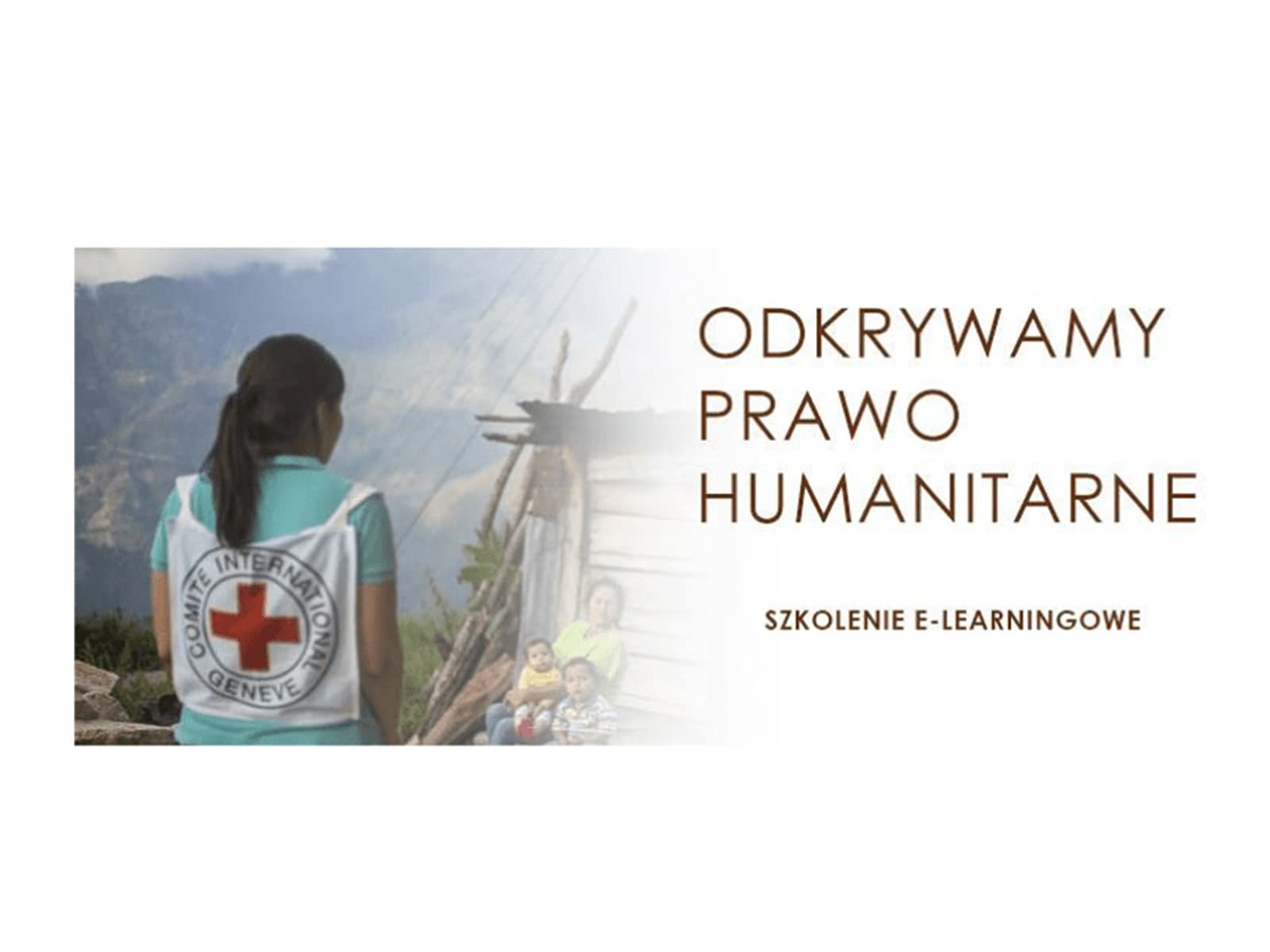
Oct
06
humanitarian law, training
We discover Humanitarian Law
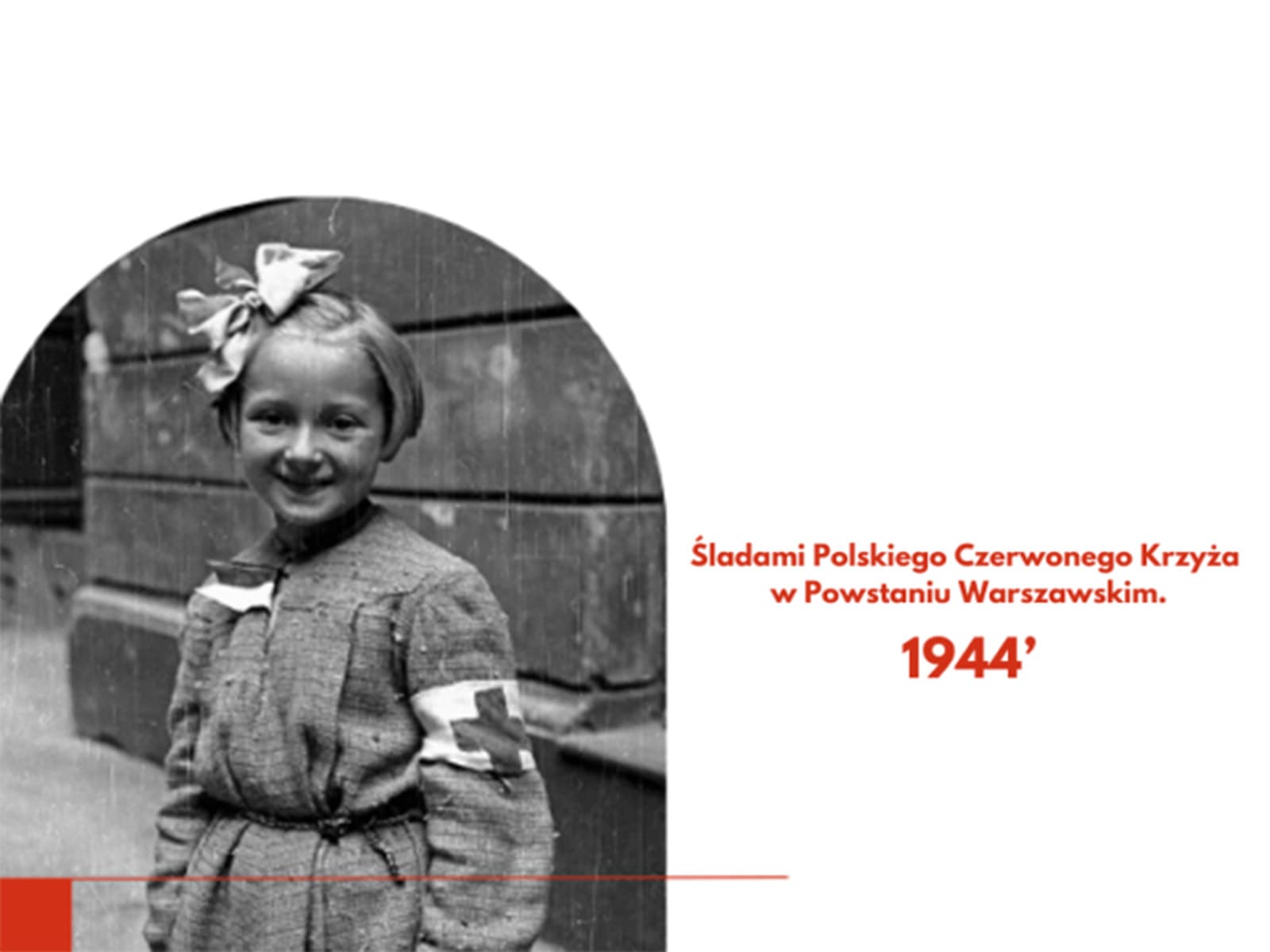
Aug
08
In the footsteps of the Polish Red Cross in the Warsaw Uprising
We invite all those interested in history to a unique walk through the streets of Warsaw, organized by the Polish Red Cross to mark the 80th anniversary of the Warsaw Uprising.
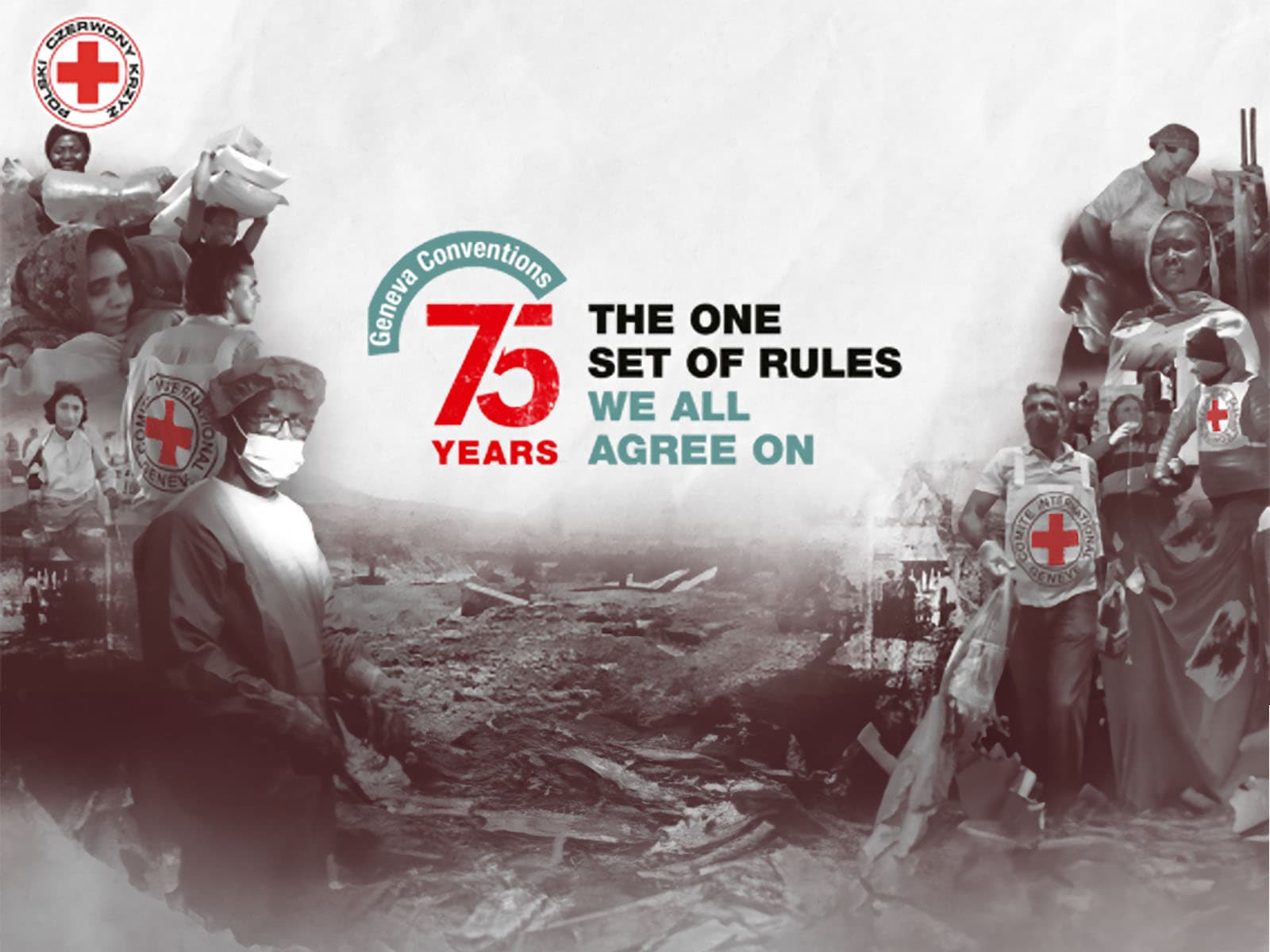
Aug
12
humanitarian law
75th anniversary of the adoption of the Geneva Conventions
The year 2024 marks the 75th anniversary of the adoption of the four Geneva Conventions of 1949, as well as the 160th anniversary of the first Geneva Convention of 1864. This is a unique opportunity to underscore the enduring importance of international humanitarian law (IHL) in protecting victims of armed conflict. Created at the initiative of the Red Cross, the conventions express universal human values. They save health, life and dignity.
You are currently viewing a page filtered by content from the department. Cała PolskaIf you want to view content from Cała Polskaclick the button